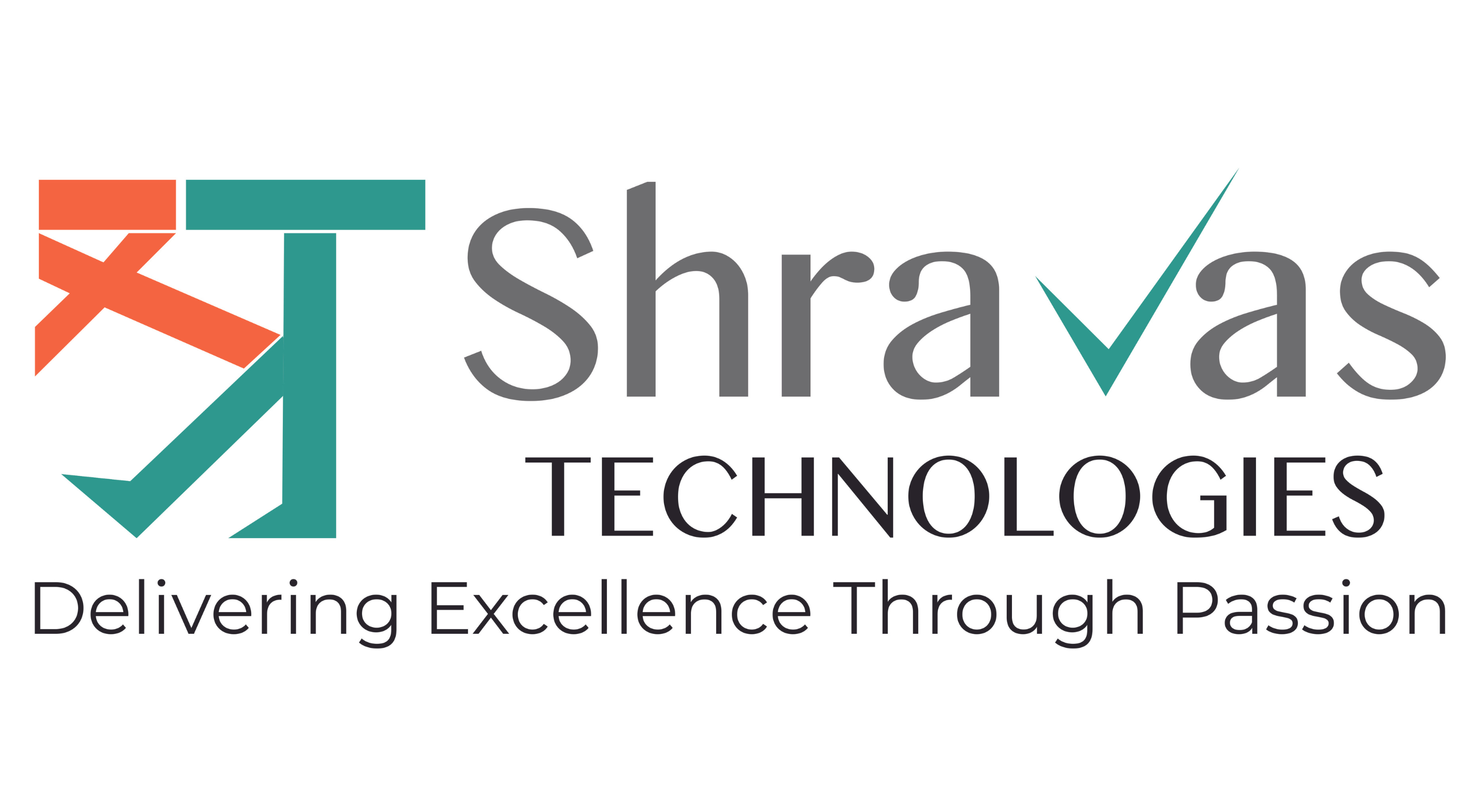Automating SOC and Policy Checks via GPT-Like Agents
Bengaluru’s software ecosystem is evolving fast. Testing teams and compliance auditors are under increasing pressure to deliver faster, more reliable results while managing complex policy landscapes. One of the game-changing trends in this space is the rise of LLM-augmented agents—autonomous tools powered by large language models like GPT. These agents are now being integrated into compliance audit workflows, especially for automating SOC (System and Organization Controls) audits and internal policy checks.
This shift isn’t theoretical. It’s already happening, and it’s proving especially relevant for Bengaluru-based tech companies that juggle fast product iterations, tight regulatory oversight, and the constant need to prove compliance.
The Manual Compliance Problem
Traditional compliance audits, especially SOC 2 Type II or ISO 27001 reviews, are time-consuming and expensive. They require combing through logs, analyzing documentation, verifying security controls, and mapping them to standard frameworks. Auditors typically rely on manually updated checklists and human interpretation of evidence.
This method breaks down at scale. If you’re running dozens of services across dev, test, and prod environments, spread over microservices and cloud providers, manual audits become a bottleneck. Mistakes are easy. Gaps go unnoticed. And compliance drift is constant.
Enter LLM-Powered Agents
LLM-augmented agents are not just chatbots. They are autonomous workers capable of:
- Interpreting compliance standards (like SOC 2, ISO 27001, HIPAA, PCI-DSS)
- Mapping policy requirements to actual infrastructure and service configurations
- Parsing logs, YAML files, IaC templates, and ticketing systems
- Generating evidence summaries and risk assessments
By using LLMs like GPT, these agents understand natural language policies and technical documentation alike. They don’t just look for predefined keywords—they interpret intent and logic. That means they can flag inconsistencies in your data retention policies versus what’s deployed in AWS, or spot missing encryption settings across cloud storage buckets.
A Sample Workflow
Here’s how an LLM-augmented agent might support a SOC 2 audit:
- Ingest Policies and Frameworks: The agent reads your internal security policies and the SOC 2 standard.
- Scan Infrastructure: It connects to your cloud environment (via Terraform, AWS CLI, etc.) and audits current configurations.
- Cross-Check Evidence: It reads Jira tickets, confluence pages, or git commits to verify that required controls (e.g., MFA, backup retention) are implemented.
- Generate Reports: The agent outputs a report indicating compliance gaps, associated risks, and recommendations.
This process can be repeated daily or weekly—not annually. It reduces dependence on end-of-cycle fire drills and helps teams remain continuously compliant.
Relevance to Bengaluru’s Testing Ecosystem
Bengaluru is home to a high density of software testing firms, QA service providers, and DevSecOps teams. These teams often work with startups scaling fast or enterprises needing full-cycle quality assurance.
In such environments, quality is more than bug-free code. It includes secure, compliant, and auditable deployments. Testing isn’t just functional anymore—it’s policy-driven.
Integrating LLM-augmented compliance agents into testing pipelines ensures that:
- Each deployment is automatically checked against company policy.
- Developers get real-time feedback if their commit breaks a compliance control.
- QA reports include not just test case pass/fail but policy validation status.
How Shravas Technologies Fits In
Shravas Technologies Pvt Ltd, based in Bengaluru, is positioned at this very intersection of software testing and intelligent automation. With deep roots in QA strategy and emerging capabilities in AI-augmented testing frameworks, Shravas is exploring how LLM agents can optimize continuous compliance.
Their focus on bridging manual and automated workflows makes them a natural partner for companies looking to modernize their compliance programs. Whether it’s integrating policy checks into CI/CD pipelines or providing audit-ready documentation through agent-based summarization, Shravas brings real-world solutions tailored to Bengaluru’s tech landscape.
Benefits Beyond Efficiency
Automation isn’t just about speed. LLM-augmented agents provide:
- Consistency: No fatigue or human error
- Traceability: Every decision and flag is documented
- Adaptability: Agents can be updated with new policies or compliance standards on the fly
- Scalability: Works across hundreds of services, environments, and teams
And unlike rigid rule-based systems, LLMs can reason with ambiguity. They can recognize when a policy is mostly followed but warn that certain elements might require a human decision.
Challenges and Considerations
Despite the promise, LLM-augmented audits aren’t plug-and-play. They need:
- Clear policies written in structured formats
- Secure, read-only access to systems and artifacts
- Human oversight for high-risk decisions
- Regular updates and prompt-tuning for domain specificity
For teams new to this approach, it’s wise to start with a pilot—maybe audit a single policy or service first—and gradually expand.
The Road Ahead
As Bengaluru’s software testing scene becomes more AI-infused, the role of LLMs in compliance is only going to grow. Companies that embrace this shift early will gain a real edge: faster audits, fewer compliance surprises, and more secure software delivery.
For those looking to explore or implement LLM-based agents in testing and compliance pipelines, firms like Shravas Technologies offer both the technical depth and local expertise to get started right.

